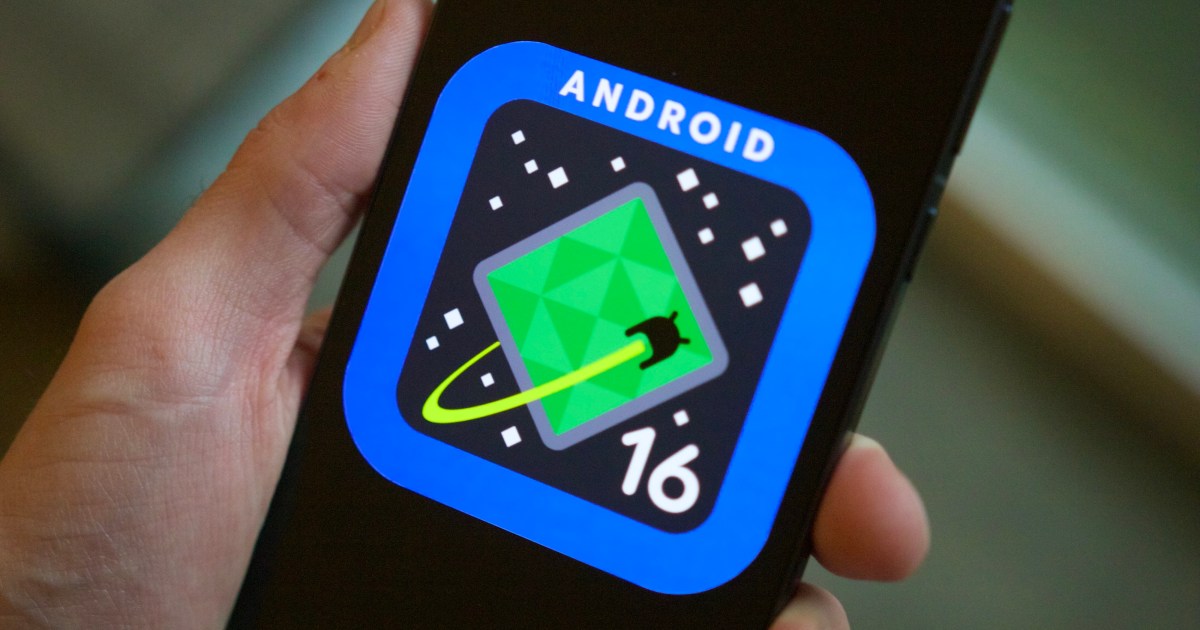Security researchers have identified a significant vulnerability in Android devices that permits malicious applications to steal sensitive data displayed on screens. This new attack method, termed **Pixnapping**, utilizes a revived data theft technique that has been in existence for over a decade. By exploiting a hardware side channel known as **GPU.zip**, attackers can capture pixel data from the screens of other applications, including sensitive information from platforms such as **Google Maps**, **Gmail**, **Signal**, and **Venmo**, without needing elevated permissions.
The Pixnapping technique operates by measuring the rendering time of pixels on a device’s screen. Attackers can overlay transparent activities on the screen and time how quickly the pixels render, enabling them to reconstruct the visible screen content pixel by pixel. Although the method leaks only between **0.6 to 2.1 pixels per second**, this rate is sufficient to extract sensitive information, including **two-factor authentication (2FA)** codes.
The vulnerability has been assigned the identifier **CVE-2025-48561** and impacts devices running Android versions **13 through 16**, which includes models like **Pixel 6 to 9** and **Galaxy S25**. A partial patch for this vulnerability was issued in **September 2025**, with a more comprehensive fix anticipated by **December 2025**.
Significance of the Pixnapping Vulnerability
The emergence of Pixnapping reveals a deeper flaw in the architecture of Android’s rendering and graphics processing units. This incident illustrates that previously resolved attack techniques can reappear in updated forms. The fact that this attack does not require special permissions raises concerns, as seemingly innocuous applications from the **Google Play Store** could covertly monitor sensitive data displayed on users’ screens.
This situation highlights a broader issue surrounding side-channel vulnerabilities, which arise not from software flaws but from the way hardware processes data. Such vulnerabilities are notoriously challenging to detect and rectify, posing continuous risks to mobile security.
Implications for Android Users
For Android users, this research underscores the potential for covert data theft without explicit user interaction or notification. Malicious apps might silently gather sensitive information, such as banking details, 2FA codes, and location data, merely by observing user screen activity. Although **Google** has stated that there is currently no evidence of active exploitation, the existence of such an attack suggests that malware could potentially bypass conventional security measures.
In response to this threat, Google is implementing further fixes aimed at restricting abuse of the **blur API** and enhancing detection capabilities. Nevertheless, researchers caution that existing workarounds could still allow attackers to exploit the underlying **GPU.zip** vulnerability, which remains unresolved. Until a permanent solution is established, users are advised to be cautious about installing untrusted applications and to maintain updated devices.
As security experts anticipate the emergence of more sophisticated side-channel attacks like Pixnapping, the ongoing evolution of such techniques highlights the need for enhanced vigilance and proactive measures in mobile cybersecurity.
